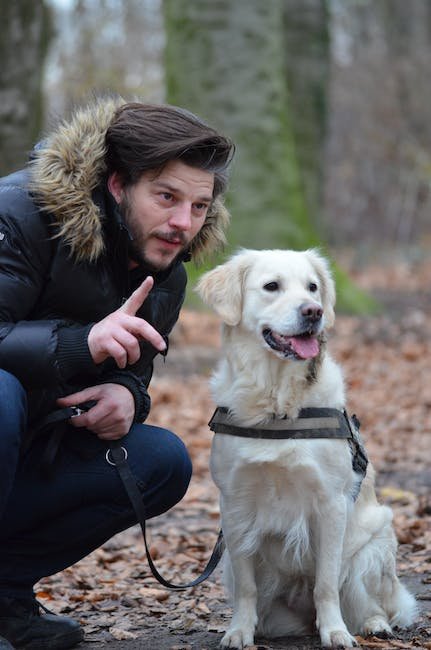
Consistency in Dog Training: The Positive Reinforcement Way
Consistency in dog training is key to success, and adopting the positive reinforcement approach can make all the difference. By rewarding desired behavior and consistently using the same cues, your furry friend will not only learn quicker but also build a strong bond with you based on trust, love, and respect.
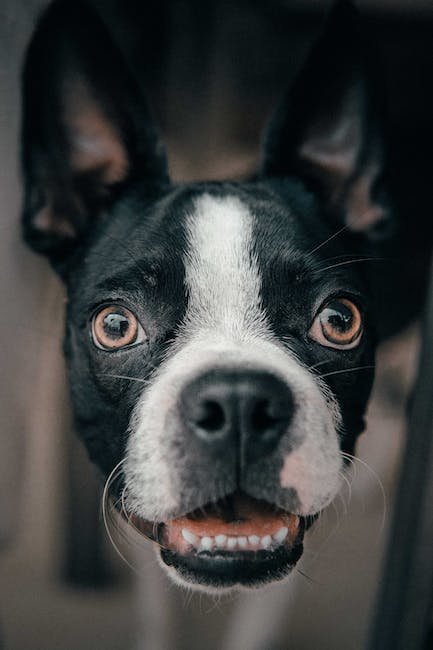
Stop Your Dog’s Nipping with Positive Reinforcement
Is your dog's nipping becoming a problem? Instead of resorting to punishment, try using positive reinforcement techniques to teach them the right way to play and interact with others. With patience and consistency, you'll soon see the end of this troublesome behavior and the beginning of a well-behaved and gentle furry friend.

Using Positive Reinforcement in Multi-Dog Training
In the bustling world of multi-dog training, positive reinforcement emerges as a beacon of harmony. By utilizing rewards and praise, trainers inspire a sense of camaraderie among furry teammates, paving the way for a joyful and cooperative training experience.
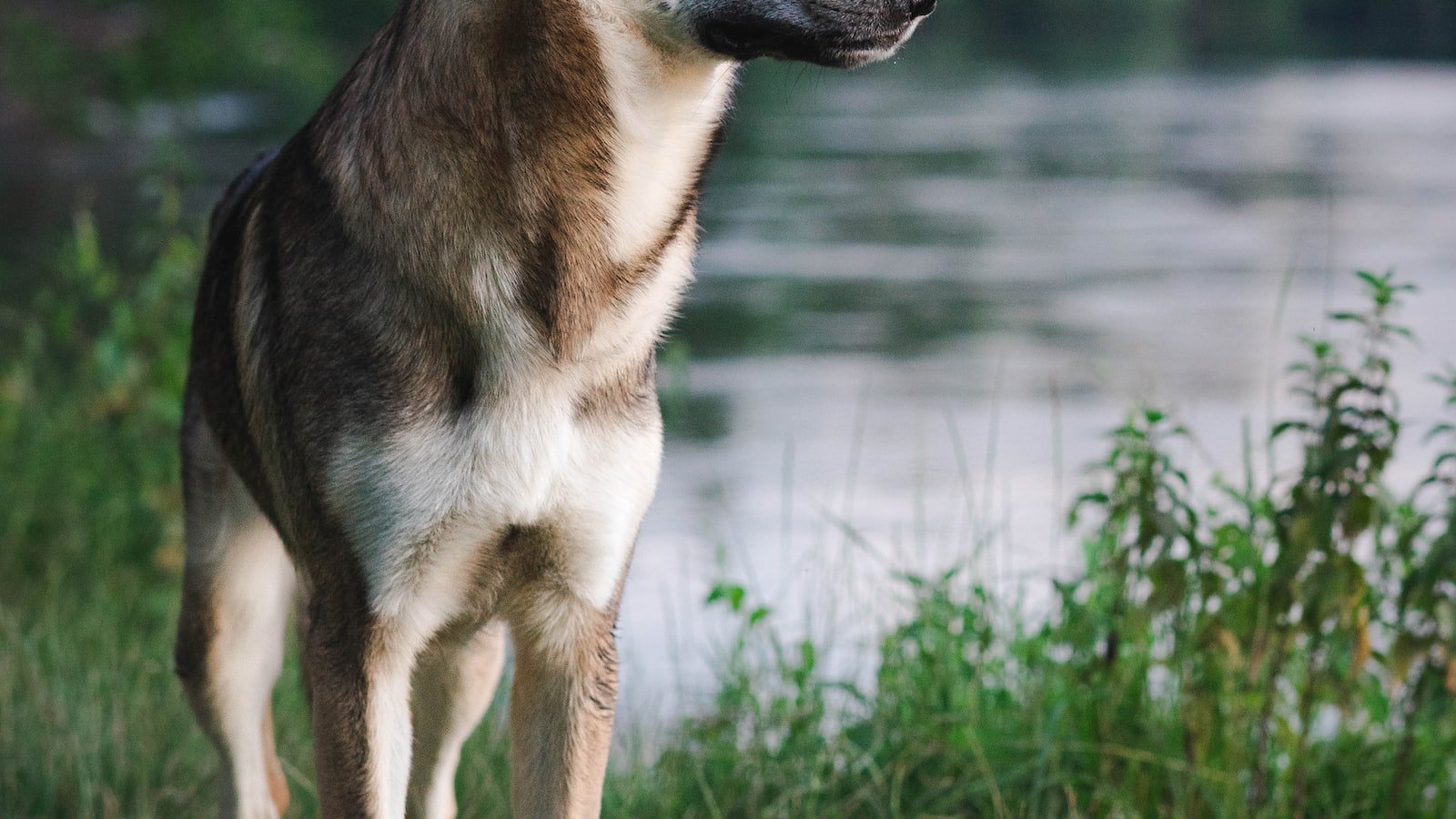
Stop Your Dog from Stealing Food with Positive Reinforcement
Are you tired of your dog's sneaky food-stealing antics? Discover how positive reinforcement can be a game-changer in curbing this naughty behavior and fostering a deeper bond with your furry friend. With patience and rewards, you'll soon have a well-behaved pup who can resist the temptation of your delicious snacks!

Sit and Stay Commands: Dog Training with Positive Reinforcement
Teaching your dog the sit and stay commands can seem challenging, but with the power of positive reinforcement, you can create a bond that will last a lifetime. By rewarding your furry friend for their obedience, you'll soon witness their eager tail wag and sparkling eyes as they confidently execute these commands.
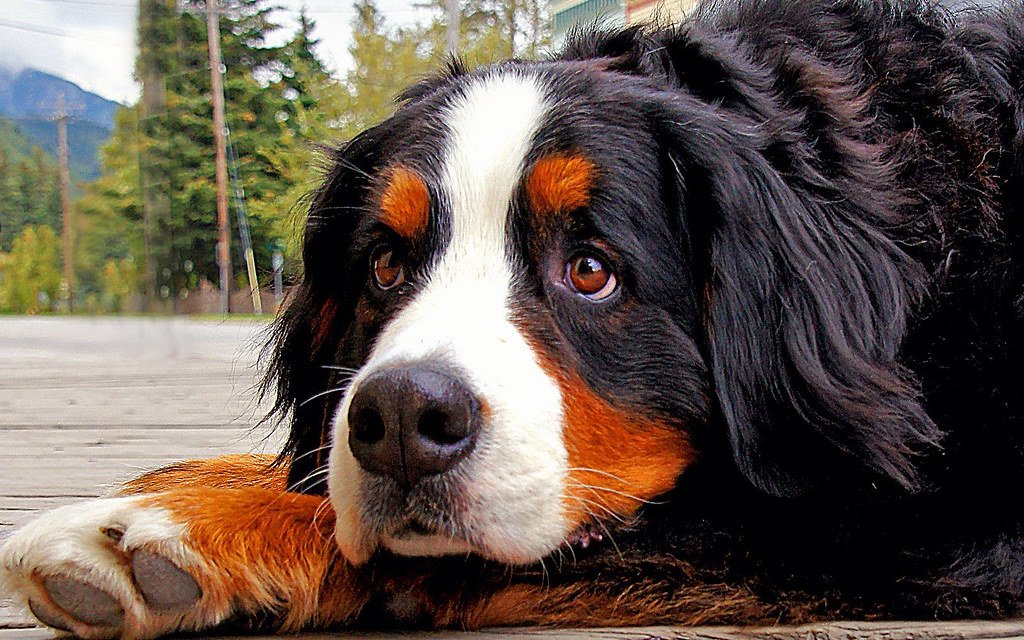
Territorial Behavior in Dogs: Positive Reinforcement Solutions
With tails on high alert and a fiercely possessive gaze, dogs exhibit territorial behavior that can be challenging to address. However, by implementing positive reinforcement techniques, dog owners can create a safe and secure environment that helps shift their furry companions away from territorial instincts and towards a more peaceful coexistence.

Counter Surfing: Dog Training with Positive Reinforcement
As our furry friends often have a knack for finding trouble in the most unexpected places, counter surfing has become a common issue for dog owners. But fear not, by adopting positive reinforcement techniques, we can teach our dogs that countertops are off-limits, turning their sneaky skills into a thing of the past.
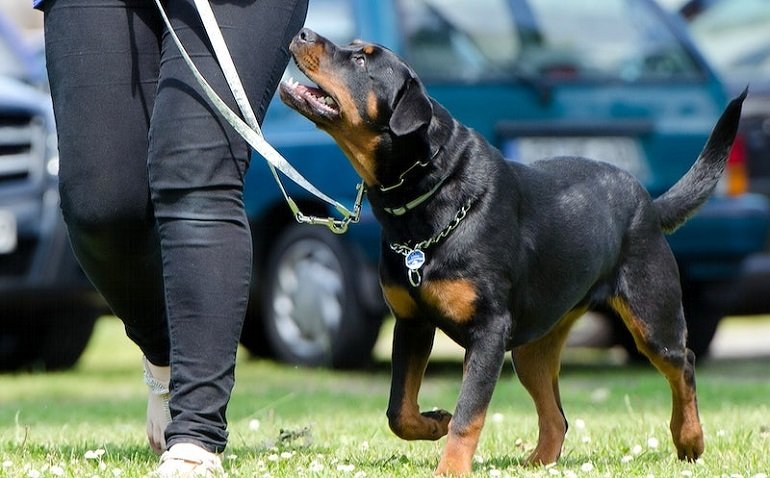
Heel Command: Dog Training Using Positive Reinforcement
Teaching your furry friend the heel command can be both fun and rewarding. By using positive reinforcement techniques, you can establish a strong bond with your dog while enhancing their leash manners. With patience and consistency, this training method can transform your walks into enjoyable adventures for both of you.

Dog Sports and Activities: A Positive Reinforcement Guide
Dog sports and activities are not just a form of entertainment, they offer immense benefits to our furry friends. With positive reinforcement as our guide, we explore a world where dogs and their humans engage in a delightful bond, transforming ordinary walks into thrilling adventures and training sessions into joyful challenges.

Stop Your Dog’s Digging with Positive Reinforcement
Dogs and their love for digging can sometimes wreck havoc on gardens and lawns. But instead of scolding your furry friend, how about using positive reinforcement to redirect their energy? By providing them with designated digging areas and rewarding them with treats or praise, you can protect your landscape while keeping your dog happy and entertained.
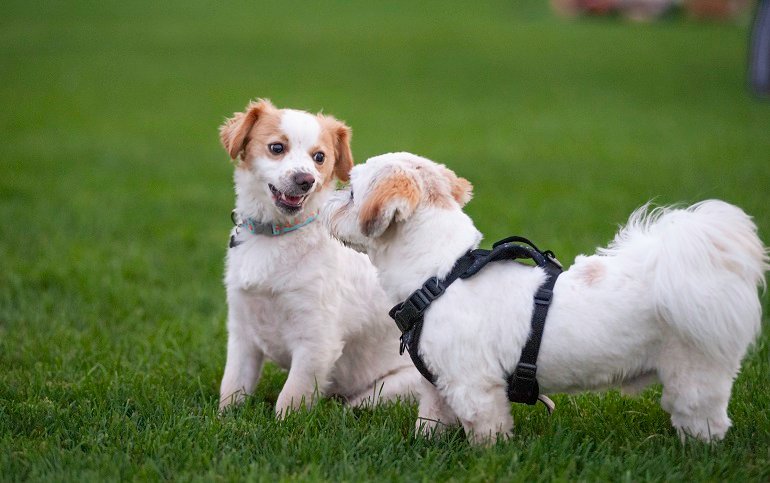
How to Use Treats Effectively in Dog Training
Whether you're training a new pup or trying to correct unwanted behavior, using treats effectively can make all the difference. From choosing the right rewards to timing them just right, this article will guide you through the art of treat-based training for dogs.
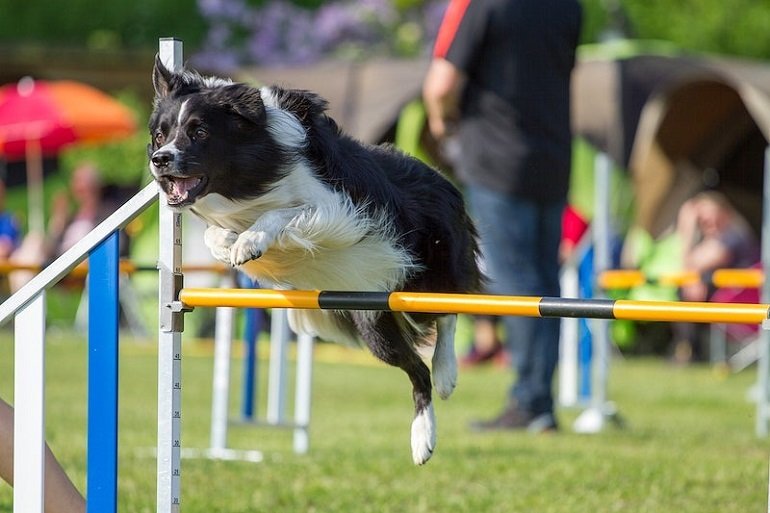
The Science Behind Positive Reinforcement in Dog Training
Positive reinforcement is more than just a feel-good tactic in dog training—it's rooted in scientific principles. By rewarding desired behaviors, dogs associate good behavior with positive outcomes, making it more likely they will repeat those actions in the future. This effective and ethical approach promotes a happy and harmonious bond between dogs and their owners.